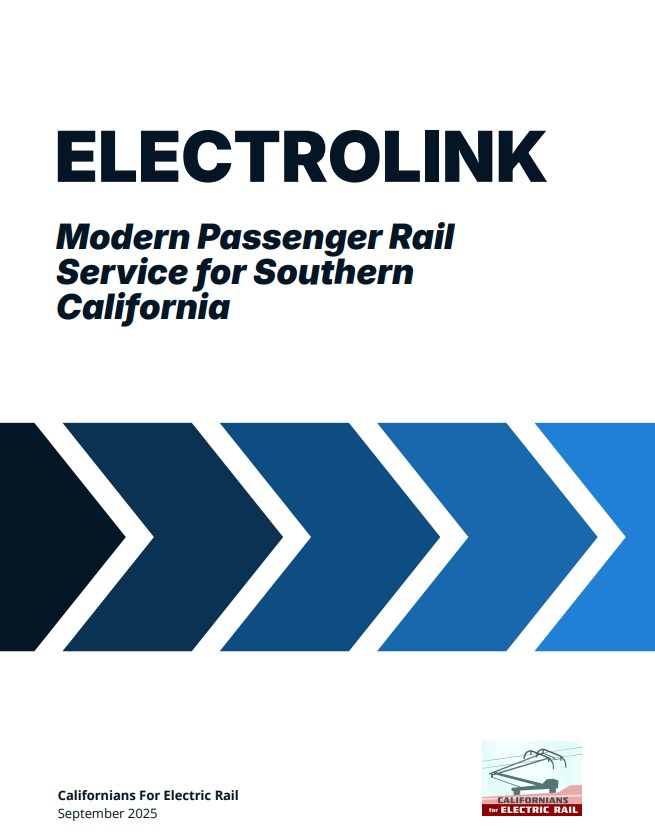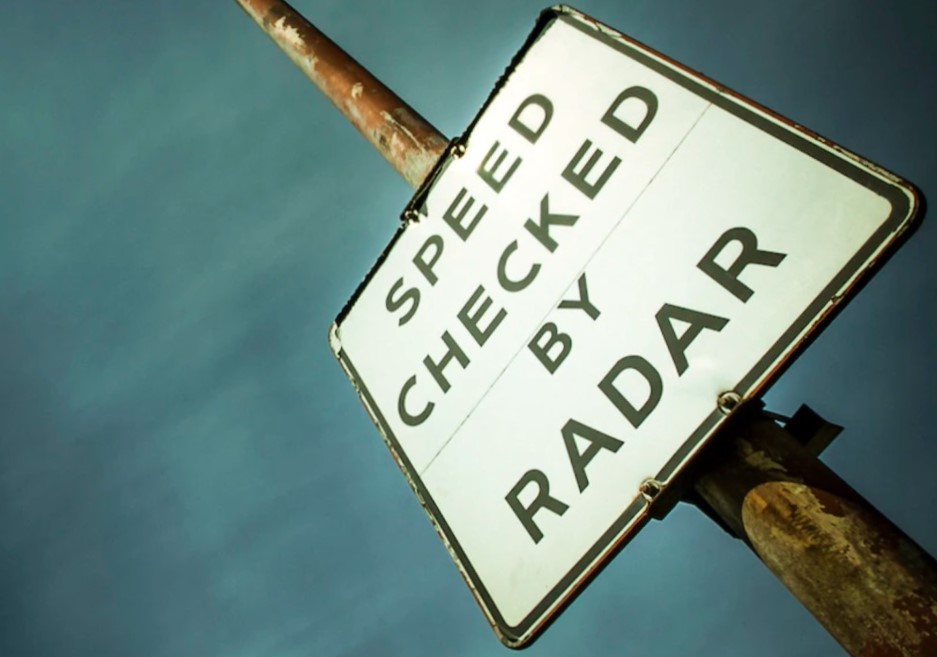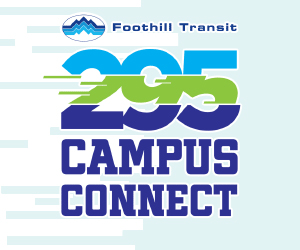Southern California rail advocates just dropped a report calling for investments in overhead catenary electrification, level boarding, and through-running stations. To accomplish these upgrades, the report recommends changes in Southern California regional rail governance, staffing, right-of-way management, and project funding.

At this week's Metrolink board meeting, Californians for Electric Rail will present the report findings. The Southern California Regional Rail Authority board will meet this Friday September 26 at 10 a.m. at the Metro headquarters behind Union Station in downtown Los Angeles. Find additional details at the meeting agenda.
The 25-page Electrolink report is very readable. Streetsblog offers a brief summary below, but many readers will probably want to go to the source - read Cal Electric's summary and/or the full report.
Level Boarding
The report notes that one feature that slows Metrolink trains is the lack of level boarding, leading to longer "dwell times" (times when trains are stopped in stations). Lots of rail, including Metro lines, have stations where the train floor and the platform are at the same level. This allows for riders to get on and off quickly. This include folks using wheelchairs, pushing strollers, rolling luggage, etc.
Metrolink (and So Cal Amtrak) train floors are about a foot above station floor level, so trains dwell in stations for a while: 2-3 minutes. Cal Electric anticipates level boarding will shave a minute off of dwell time. This time saving adds up, especially as accumulates over 10+ stations on many Metrolink trips.
Electrification
Many SBLA readers know that overhead wire (catenary) electric rail just makes sense for fast efficient rail, as is being shown by Bay Area Caltrain's huge recent success and Metro rail daily successes.
The report spells out the advantages of electrification, prominently including train speeds that can compete with driving, plus the ability to inexpensively add infill stations, reduced pollution in surrounding communities, and more.
Through-Running
Some downtown train stations - in Southern California, L.A. Union Station and San Diego Santa Fe Depot - are essentially dead-ends, where trains end up spending extra time to turn around. Converting these stations to through-running will save time for riders and will open up new potential service patterns.
Metro is already making some slow progress on its Union Station run-through-tracks (called Link US). The report encourages greater urgency to complete Link US, which it states will "transform the region by making it easy for trains to pass from the north to the south, speeding travel and increasing capacity."







